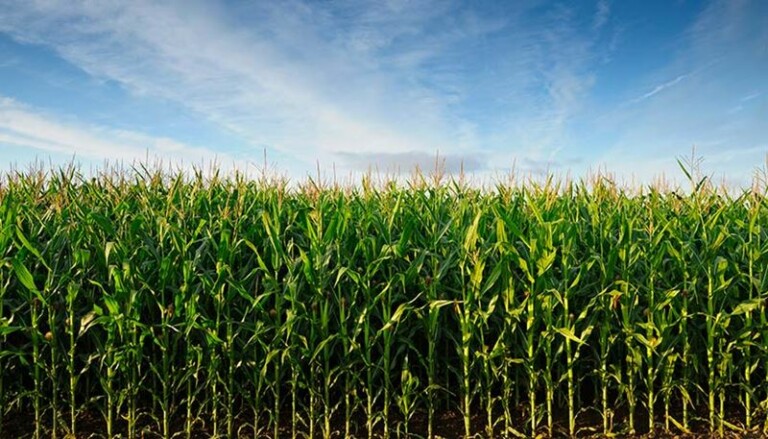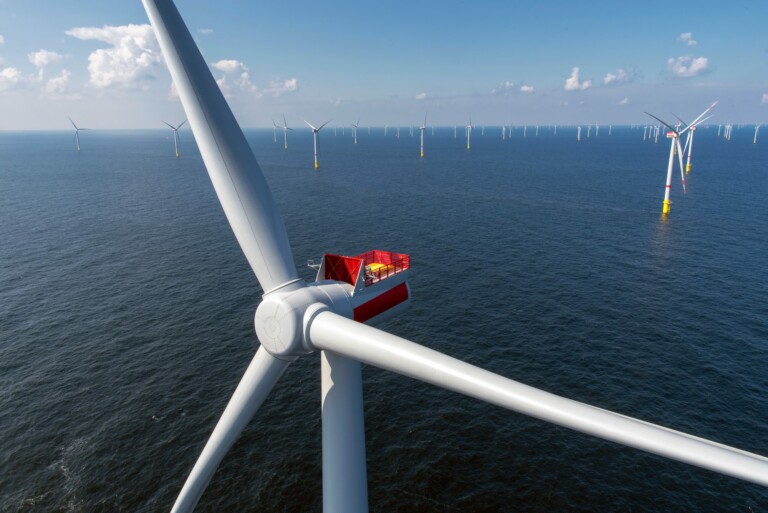Two newly announced federal grants will benefit the research and implementation of farming practices that create healthier soil, less waterway pollution and a potential new source of revenue for Iowa farmers.
“It’s tough to ask farmers to do this, because oftentimes it requires expenditure and investment up front,” U.S. Secretary of Agriculture Tom Vilsack said Thursday. “And it’s important for farmers to be able to see the benefit of that investment before we ask them to essentially spend their own resources.”
Vilsack announced about $40 million worth of grants for 31 projects in numerous states during a visit to Iowa State University, which is among the grant recipients.
The Iowa State project will evaluate the prospects of “relay intercropping,” in which farmers raise another crop — usually some sort of cereal grain — between fall harvest and spring planting of corn and soybeans.
Jacqueline Comito, an ISU researcher who leads the Iowa Learning Farms program, said six farmers in various parts of the state will get assistance to implement the cropping system. The work is supported by a USDA grant of about $540,000.
Intercropping is somewhat of an extension of cover crops, which have grown in popularity with some Iowa farmers for their soil health and water quality benefits. But Comito said cover crops lack a financial incentive that intercropping allows: selling a third crop.
Comito plans to study the effectiveness of planting a winter wheat, rye or other grain that starts to grow after harvest, goes dormant during the winter and goes to seed early in the growing season the next year.
Corn or soybeans are planted while the cereal grains are maturing, and the grains are harvested before the corn or soybeans get too tall.
Vilsack said that additional harvested grain is an opportunity to help smaller farmers increase their incomes and slow the consolidation of farmland by large farms.
“We need to have those large-scale commercial operations engaged as they are in sustainable practices,” Vilsack said. “But we also have to create more income streams and opportunities for small and mid-sized producers so they can stay in business.”
He said 2022 was the best year ever for farm income in the United States and that the top 7.5% of earners netted about 89% of the total farm profit.
“So essentially, you had 93% of farmers, 92% of farmers, sharing what’s left, and that’s a real challenge for us,” Vilsack said.
Comito said part of the research will study the differing attitudes of farmers to the new practice and how they affect its adoption.
“The introduction of an innovative conservation practice, such as a third cash crop is often complicated by farmers social identities, and the social loss a farmer may experience with doing something new,” Comito said.
The Iowa Soybean Association is also getting about $910,000 from the USDA to research the best practices for manure and other fertilizer applications and use of cover crops.
Those have typically been researched individually, said Mark Licht, an ISU Extension cropping systems specialist who is helping with the research. The new effort will look at how the practices interplay with an eye toward increasing profits, reducing nutrient loss and improving soil health.
Other notable grant awards include:
— About $4.9 million to Mississippi State University to accelerate the adoption of irrigation water reuse in rice production.
— About $4.5 million to American Farmland Trust to create regional demonstration trials of using biochar to sequester carbon and improve soil health.
— About $1.7 million to University of California, Davis to study the soil health effects of vermicomposting, in which earthworms are used to convert organic material into soil.
— About $1.4 million to Native Microbials Inc. to reduce methane emissions at 20 commercial dairy farms in the West by altering the cows’ diets.
Source : Iowa Capital







